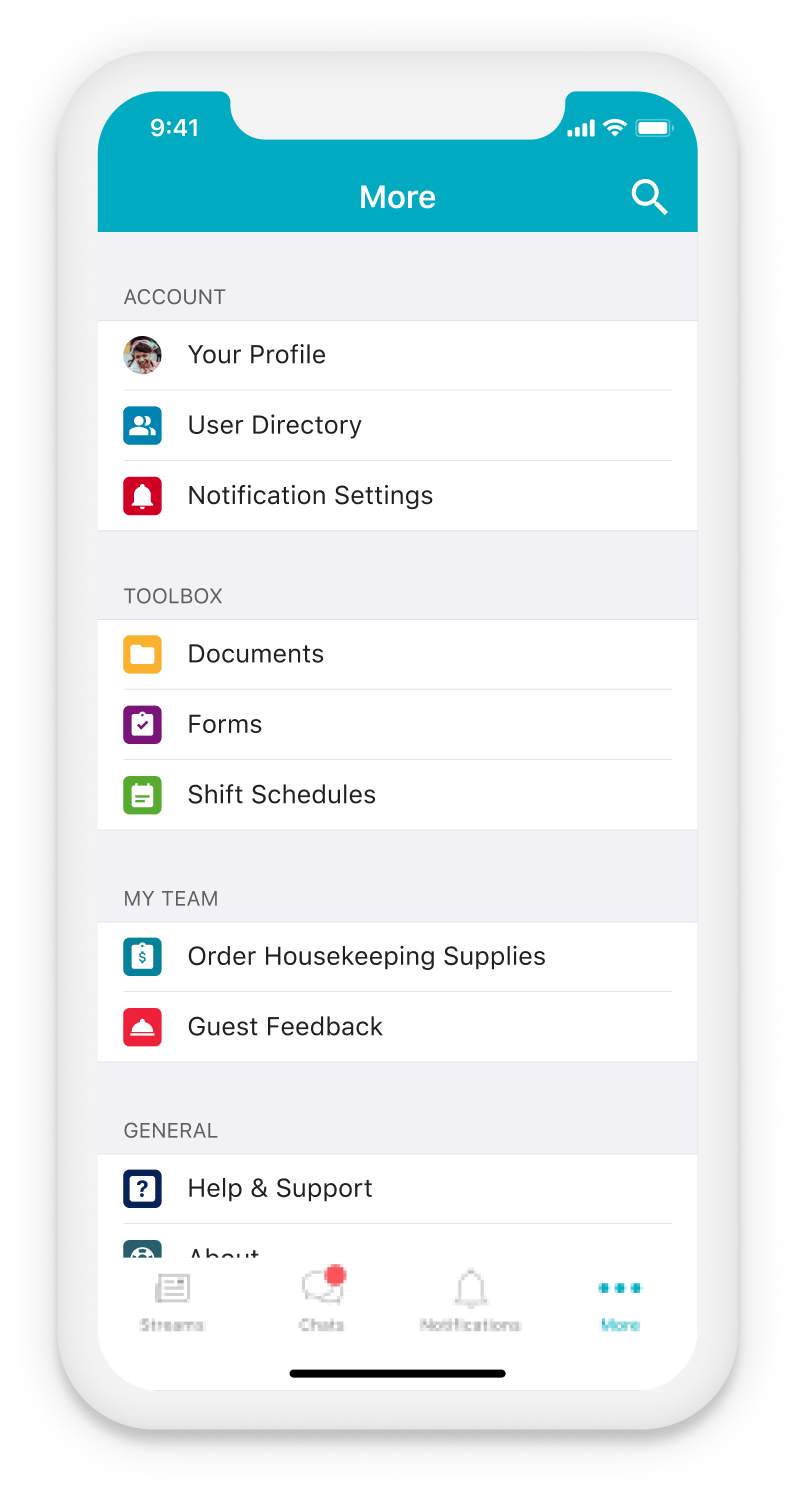Conventional wisdom dictates that labor is a necessary cost of doing business. But conversely, some of the most forward-thinking companies see their frontline employees as an investment in their brand. This investment in the employee experience has been shown to improve staff performance and boost employee engagement.
Investing in your employees’ careers is not only the right thing to do, it also has massive business value. Companies who prioritize the employee experience often have less turnover, better customer service, and most importantly, increased sales revenue.
What’s more, the cost associated with an underperforming team can be staggering. Here are just a few ways that poor performance hurts your organization.
- Absenteeism– Poorly performing employees miss work more often
- Errors– This can range from giving a customer the wrong information to making a multi-million dollar misstep.
- Increased safety incidents– Poor performers don’t just cost your business money, they can actually contribute to serious workplace accidents due to negligence
- Theft– Workers who are underperforming could be more likely to steal or commit fraud
Clearly it’s important to prioritize improving employee performance, but where should you start?
Here’s three ways to improve work performance at your company.

1) Train Employees Really Well
Poorly trained staff can devastate your sales. Their product knowledge is limited. They aren’t up to date on promotions. Their interactions with customers are awkward because they aren’t confident in what they know. It’s a disaster.
Onboarding Excellence Is the Antidote to Poor Customer Service
First impressions go a long way when it comes to the workplace. If you’re really serious about improving employee performance, then it’s time to reevaluate your entire onboarding.
Take a long hard look at what the first day of work is like for new employees at your company. Are they just handed an ill-fitting uniform and tossed out onto the floor? Or are they greeted with brand new, beautiful swag and smoothly transitioned into their role, once they’ve been properly trained?
Pro Tip: An employee app like Beekeeper can dramatically streamline the onboarding experience for your frontline employees.
With QR code login, HR chatbots, and customizable quick start guides, your team will be out on the floor upselling and schmoozing with customers in no time.
Educate Employees on Operations
There’s no doubt that customer service training is essential for customers to have a positive experience with your brand. Taking the time to properly train your employees on operational procedures will greatly improve your organization’s overall efficiency.
Pro Tip: Use an employee app to share SOPs, training documentation, and instructional videos.

For instance, at Plaza Suites, their Executive Chef, Kha Lu uses Beekeeper to train his kitchen staff. He created a dedicated Food and Beverage Stream, and he uses it to share training videos, menu info, and more. Chef Kha Lu has embraced Beekeeper as a way to ensure quality control, establish standards for food presentation, and streamline onboarding for his new hires.
2) Listen to Customer Feedback
Your customers probably have far more interaction with your frontline employees than you do. They get the raw, unfiltered personality behind the name tag. Essentially, your customers may be able to tell you more about your employees than you can learn on your own.
Encourage managers to take the time to review customer feedback on review sites and satisfaction surveys. Does customer satisfaction drop dramatically after 5pm? Maybe it’s time to do a performance assessment of your night shift staff.
Your customers could be the gateway to making sure that your business is running smoothly — even when you aren’t there.
3) Hire Employees with the Right Attitude
Zappos CEO Tony Hsieh once estimated bad hires cost the company “well over $100 million.”

Instead of focusing solely on relevant experience or where a candidate went to school, pay close attention to a candidate’s attitude towards both the job and the company. A bad attitude almost always leads to a disconnected, disengaged employee — and that’s just plain dangerous for your business.
The attitude of your staff can have an enormous impact on your company’s bottom line.
Did you know that disengaged staff can cost businesses up to $550 billion each year?

Decentralize Decision Making
Most companies still operate on a rigid, top-down management structure. Planning is coordinated and communicated in a clear hierarchy, with lower level employees in the digital workforce having limited decision-making power.

Giving your frontline employees more autonomy, you can empower them to make better decisions for their location, while instilling a sense of ownership in their role.
How would this work in real life?
Let’s take a look at a company like Trader Joe’s. This organization allows employees to make independent inventory decisions for their individual stores. This autonomy allows their locations to be more responsive to their customers’ needs, and more likely to increase satisfaction and sales.
Give Constructive Criticism
Delivering constructive criticism is an art form. There’s a mile-wide chasm between offering someone a few helpful pointers and tearing down their performance.
Here are some tried and true tips on how to give your team constructive feedback.
- Don’t do it in front of other people. Always pull the person aside and make sure the conversation is private
- Be specific. Instead of saying “I hate the way you talk to customers” say “Your tone of voice with the last customer you rang up came off a little abrasive”
- Avoid personal attacks
- Mention something the employee is doing well so they don’t feel totally defeated
- Provide them with resources to improve
This last tip is crucial, yet it’s often overlooked by general managers. While customer service skills may come natural to some employees, others may find it challenging—especially if there are significant cultural or linguistic differences that might make it difficult for them to connect with customers.
Instead of coming down on your employees who may not have the greatest people skills, offer to send them to trainings, or provide resources where they can learn and develop their skills. With a little training, these same employees may just become your top salespeople out on the floor. You never know!
These are our top three ways to improve work performance for your team. In the end, having a well-trained staff with a great attitude will help your brand establish trust and build your customer base.




